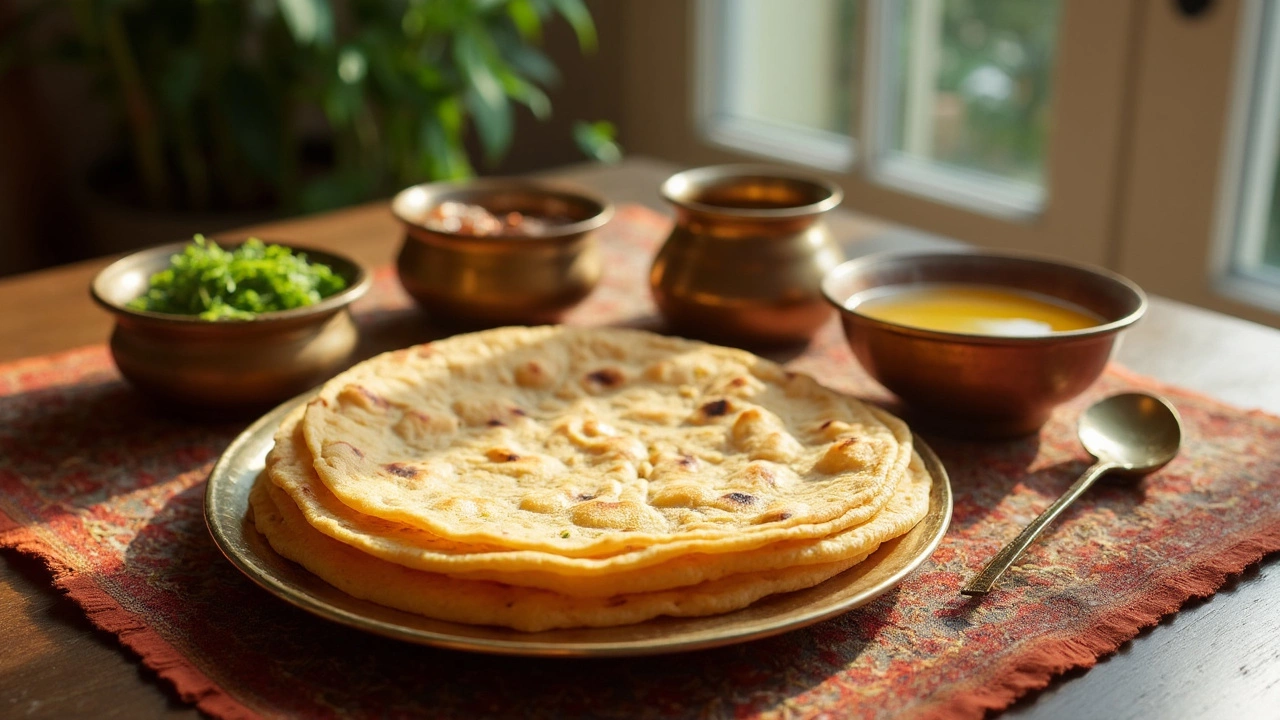Calorie Control in Indian Cooking
When working with Calorie Control, the practice of managing energy intake while still enjoying flavorful meals. Also known as energy management, it helps you stay healthy without giving up taste. Understanding Nutrition, the balance of protein, carbs, fats, vitamins, and minerals in food is the first step; it tells you which ingredients boost satiety and which add hidden calories. Managing Portion Size, the amount of food served per eating occasion prevents over‑consumption, especially with calorie‑dense staples like rice and ghee. Exploring Low‑Calorie Indian Recipes, traditional dishes adapted to reduce calorie density while keeping authentic flavors shows that you don’t have to sacrifice tradition for health. Applying Healthy Cooking Techniques, methods like steaming, grilling, and using minimal oil further cuts unnecessary calories.
Calorie control encompasses low‑calorie Indian recipes, because the same spices and herbs can shine in a lighter broth or a baked veggie stir‑fry. Calorie control requires portion size awareness; a single roti or a bowl of dal can tip the calorie count if it’s oversized. Nutrition influences calorie control outcomes, as protein‑rich lentils keep you full longer while fiber‑rich vegetables slow sugar spikes. Our collection below dives into these concepts with real‑world examples: why daal nutrition matters for protein vs carbs, how soaking or skipping the soak changes lentil digestibility, the science behind roti puffing and how a pinch of baking soda can make it softer without adding calories, and the impact of lemon in biryani for flavor balance without extra fat. You’ll also find tips on storing chutney safely so you avoid waste, and tricks for making creamy curries using yogurt instead of cream. Each article gives you a practical angle on trimming calories while preserving the joy of Indian cooking.
Start by swapping heavy ingredients for lighter alternatives; use low‑fat milk for paneer, or blend soaked cashews into a sauce instead of cream. When preparing rice‑based dishes like biryani, add a splash of lemon juice to brighten the palate and let you use a bit less ghee. For breads, incorporate a tiny amount of baking soda or powder to achieve fluffiness without extra oil, and always roll the dough thin to control carbohydrate load. Keep an eye on portion size by measuring one cup of cooked dal or one medium roti per serving; pair them with plenty of veggies to fill up on volume, not calories. Lastly, embrace spices—turmeric, cumin, mustard seeds—because they add depth without calories and many have metabolism‑boosting properties.
With these ideas in mind, you’re ready to explore the posts below. They each tackle a piece of the calorie‑control puzzle, from nutrition facts to kitchen hacks, giving you the tools to enjoy Indian flavors without the extra calories.Practical Tips for Everyday Cooking

Roti for Weight Loss: Breakfast, Lunch, or Dinner?
Explore the best time to eat roti for weight loss, understanding how many calories are in 1 roti, and tips for its inclusion in your diet. With insights into the caloric content with sabzi and ghee, learn how to use roti effectively for achieving your fitness goals. Balance your meals smartly with this staple to maintain a healthy weight.